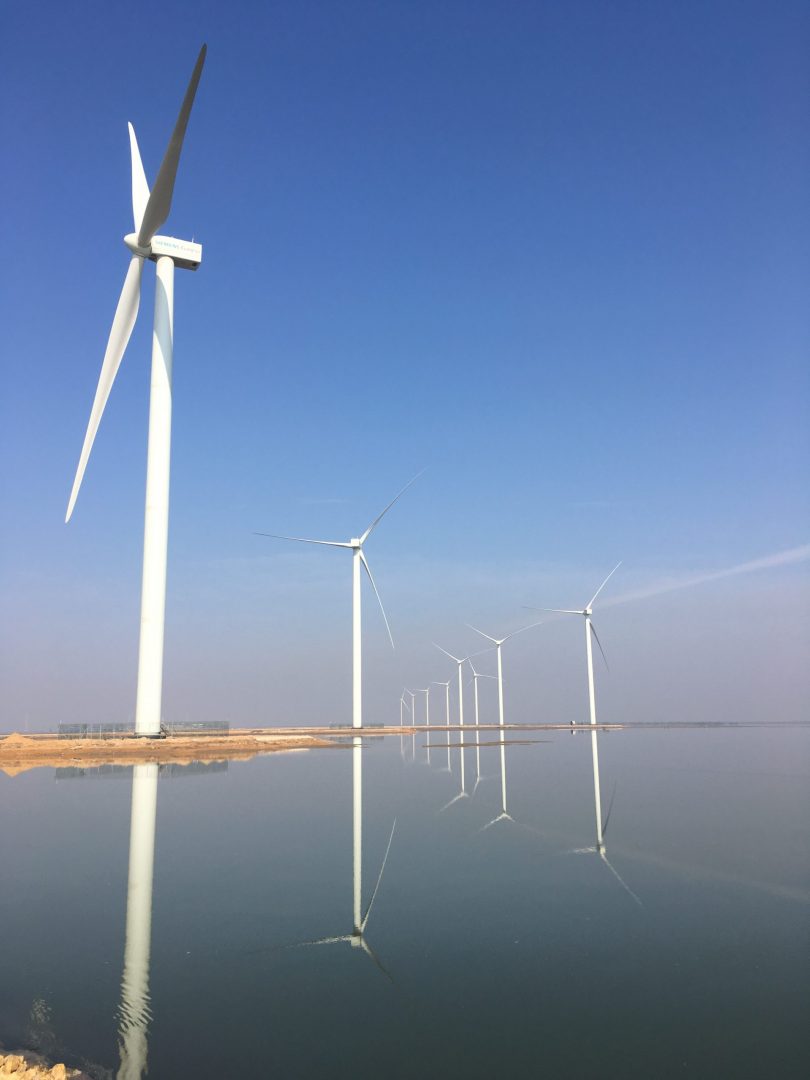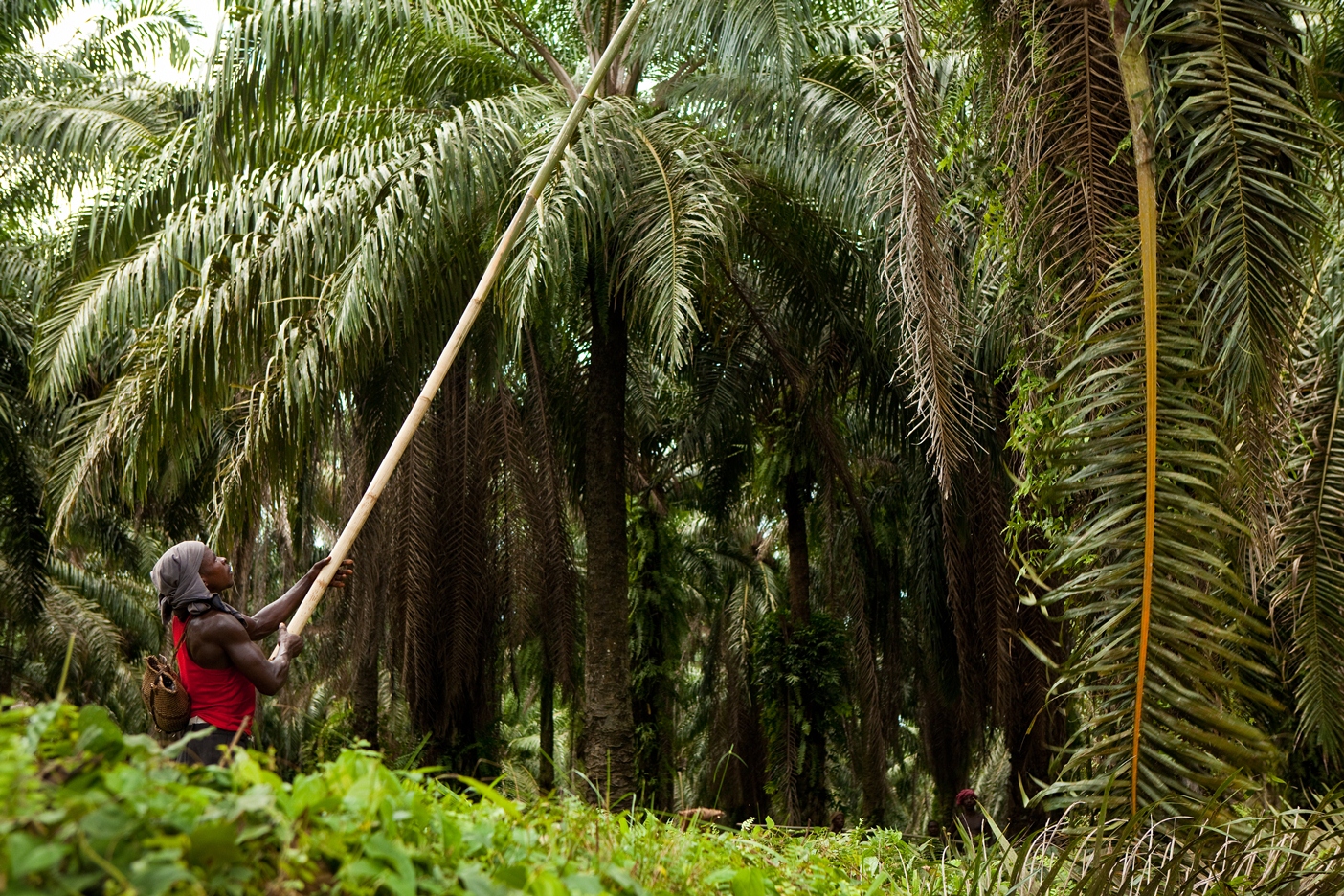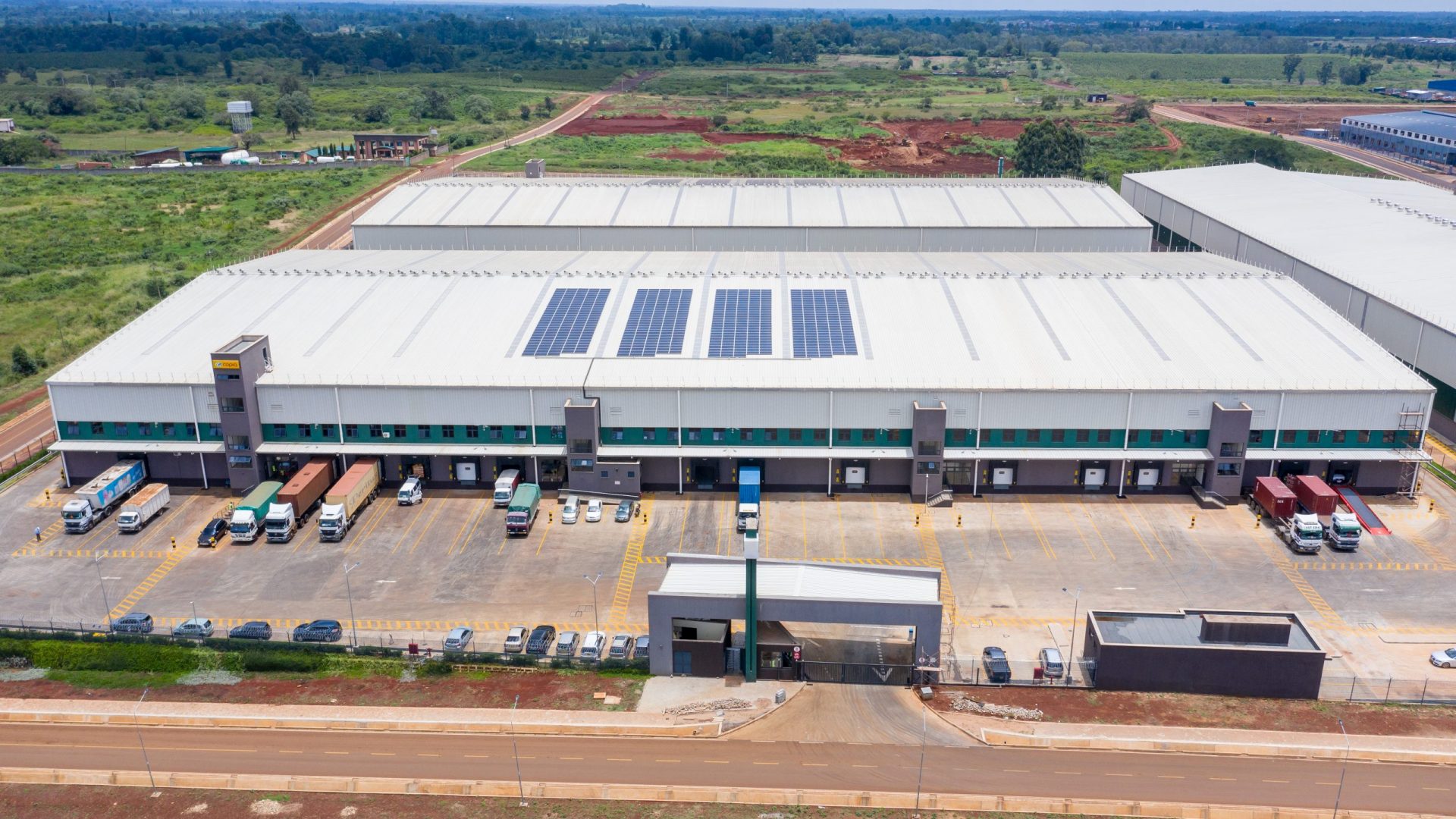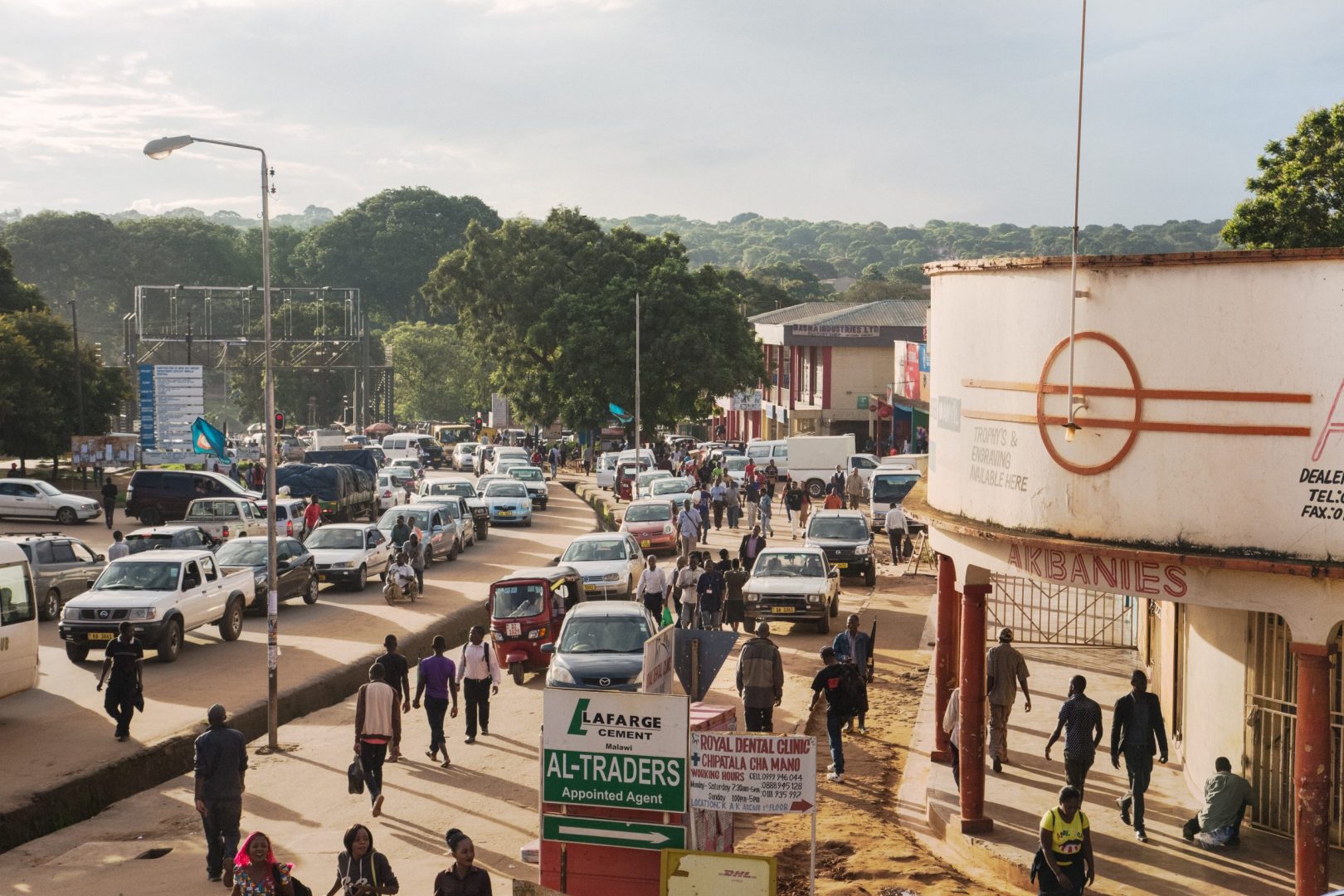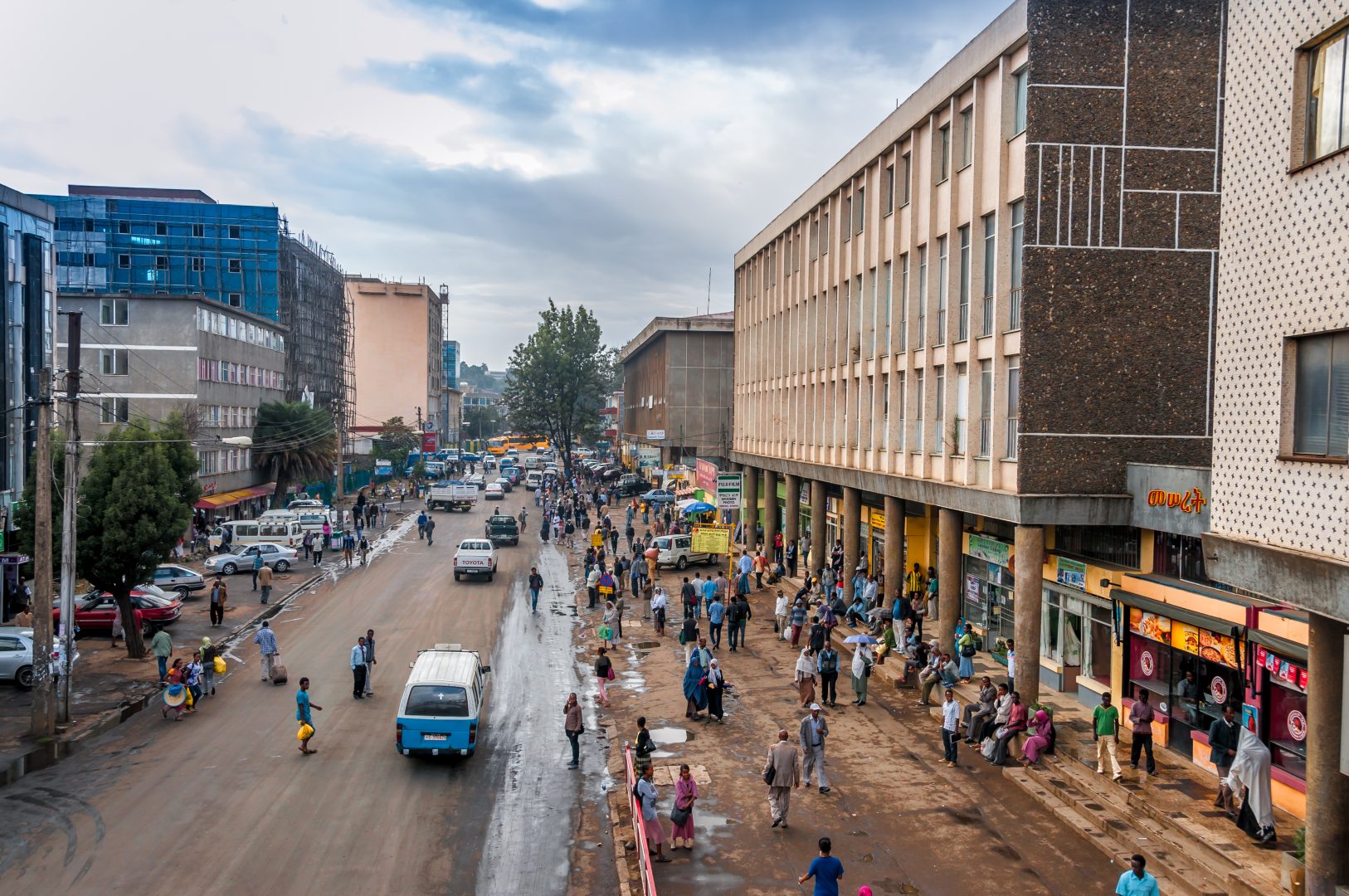Impact investing – which seeks to generate positive, measurable social or environmental impacts alongside financial returns – is not a new concept. A group of pioneers officially coined the term in 2007, and the Global Impact Investing Network (GIIN) blossomed in 2009. But the practice of impact investing has existed for much longer.
In recent years, however, both the term and the practice have become increasingly mainstream. Indeed, with just ten years left to achieve the United Nations Sustainable Development Goals, impact investing is now at the forefront of global efforts to create a more inclusive, more sustainable future. Sadly, big gaps remain on the path toward that future. Last year, GIIN research estimated the size of the impact investment market at $502 billion.
That figure represents tremendous growth – but it is still just a tiny fraction of the global capital markets. For comparison, we will need commitments of at least an additional $2.5 trillion annually to reach the SDGs on time. Clearly, far more needs to be done to close the SDG funding gap, and I believe that development finance institutions have a crucial role to play.
DFIs, such as CDC, have already been central to the growth of impact investing. DFI leadership has demonstrated the fundamental viability of the impact investing approach. The work of DFIs, building markets and deploying capital in regions underserved by commercial investors, has helped encourage other investors to make similar commitments. This strong leadership has forged a path for others to follow. I am convinced that DFIs will continue to play an essential role in mobilising private investment capital, alongside their own capital, as we strive to meet the SDGs.
Yet, in this broader context of momentum for both the SDGs and the impact investing industry, DFIs may seek to innovate and further expand their role. One avenue for this growth may be the provision of so-called ‘catalytic capital,’ which can help incentivize new commercial capital into the impact investment market. Providers of catalytic capital generally have a more risk-tolerant approach – using their investment to de-risk capital stacks and investment pools and, thereby, to provide an opportunity for the entry of larger pools of market-rate-seeking capital into investments with deep impact. In this way, inherently risky investments with the possibility of outsized social or environmental benefit can gain a foothold among much larger sets of investors. By leveraging their capital in this catalytic way, I am convinced that DFIs can continue to grow their market leadership.
That said, attracting more capital to address the SDGs or for other impact investments is not, in and of itself, sufficient. We also need to be certain that these investments are generating the impacts we seek – which is why the GIIN, this year, is renewing our focus on impact performance.
To allow impact investors to better track those outcomes they produce, the GIIN has developed IRIS+ – the generally accepted system for measuring, managing and optimising impact. The IRIS+ system allows investors to align their goals to the SDGs or to other desired impacts – taking big objectives, like clean energy, gender equality, or zero poverty, and translating them into metrics that investors can use. In building IRIS+, the GIIN has worked very closely with CDC and the 2X Challenge – an initiative to mobilise $3 billion for gender-smart investments – to align the metrics used in the development finance community and the broader private impact investing community.
The DFI community has much to offer to mainstream investors, given the expertise, discipline, and capabilities it has developed over the years. Even more importantly, DFIs have an important role to play going forward – partnering with traditional financial actors to tackle our biggest global goals, especially the SDGs.
In this time of unprecedented global challenge related to the coronavirus pandemic, I hope that investors who have been sitting on the sidelines will move urgently toward action. Now, more than ever before, we must invest with an eye toward the more inclusive, more sustainable future we all seek. Ten years from now, I hope we can say that investing for impact has become just as normal as investing for financial return is today.
This article is taken from our Annual Review 20129: Towards a decade of action. Read it here.

